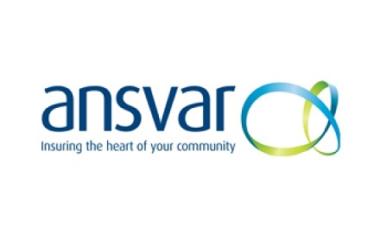It’s all too easy for charities to trip up over the complex business of employment practices liability. Richard Lane explains why – and what you can do about it.
In many ways, a charity is a business like any other. The moment you engage directors and staff, you enter the complex and ever-changing world of employment law. Everything from paternity leave to harassment needs to be scrupulously managed. For charities, having trustees and volunteers in the mix adds an extra twist.
Woe betide the organisation that gets its employment practices wrong. While most people know little about areas of law like conveyancing and probate, they tend to be much more clued up about their rights as an employee. Which means you can end up in litigation faster than you can say discrimination grievance.
The consequences can be costly and time-consuming. And not just in staff time and legal fees. Being dragged through courts, tribunals and the press can damage reputation and have a knock-on effect on donation income. If it’s serious enough, the future of the organisation could even be at risk.
So what can you do?
A good first step is to make sure every employee understands their role, the terms of their contract and what’s expected of them, right from the word go. It pays to invest in clear contracts and policies, expert training and a comprehensive handbook that covers everything they need to know.
Never assume. For instance, it may seem obvious to you what discrimination is. But if it happens in your organisation and nothing has been done to define and prevent it, your charity may find itself on the wrong side of a claim. On the other hand, if your staff and volunteers have been trained to understand exactly what’s acceptable in the workplace and what isn’t, you have happier people – and a stronger defence if things go wrong.
Proper training goes a long way when it comes to prevention, especially for sensitive areas such as whistleblowing. The law protects employees who speak out to expose what they see as wrongdoing. Once the issue has been raised, it’s vital the employee isn’t penalised for having done so or more legal action can follow. Staff need to be very clear about how to navigate potential minefields like this.
It’s a question of good practice
Having strong HR practices in place is essential. It’s also important to have a system for dealing with any disputes quickly and effectively.
It’s not unheard of for trustees to claim against each other over a dispute in the boardroom. With a good internal dispute handling system in place, you can prevent issues escalating and ending up in court – and the public eye.
It’s worth remembering that if donors become aware of damaging claims against your charity the fallout for your reputation could discourage further donations. So you could be dealing with double trouble.
The sooner the better
Getting good HR and legal advice early on can save a great deal of heartache and money. Small charities are especially at risk. With smaller, fragile budgets, HR is often the last thing they add or the first thing to go. This can prove a false economy. The task of managing a charity’s workforce is a complex one; there are often staff, volunteers and trustees, each with their own rights and needs. It can be a real minefield.
If you can’t afford to have the expertise you need to manage employment issues in-house, it pays to outsource. Experts can help you get the HR systems you need in place – and provide legal guidance if things go wrong, to help prevent a situation escalating.
You might also want to consider employment practices liability insurance to help cover the legal costs of handling employee grievances. A good specialist broker can advise you on the best choice for your needs.
It’s easy to let employment practices slide when you’re focused on the pressing job of pursuing your charity’s mission. But it’s worth the investment. A sound and happy ship is much better at weathering storms.
Richard Lane is managing director of Ansvar Insurance
Civil Society Media wishes to thank Ansvar Insurance for its support with this article









